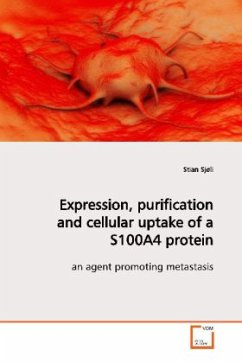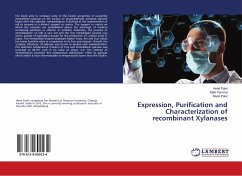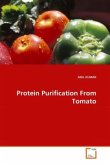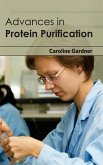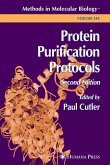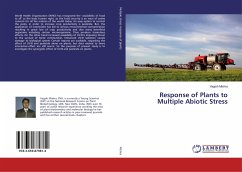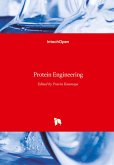A recombinant S100A4 protein was produced in Pichia
pastoris (Pichia). The expression vector contained
parts of the AOX1 promoter and also a secretion
signal, making it possible to purify the protein
from the yeast media after methanol
induction. Attempts were made to purify the protein
from the media both by hydrophobic interaction
chromatography (HIC) and by anionic ion exchange
chromatography (IEC). The binding capacity to
the hydrophobic material was rather low, but the
eluted protein did however show an acceptable purity
for utilization in downstream functional assays. The
protein eluted from the hydrophobic column was
labelled with the fluorescent dye (Cy3) and used for
internalization studies in the human cell line HeLa.
Similar to a mouse rS100A4 produced in bacterial
cells, the Pichia produced protein was also found
internalized into the HeLa cells. The biological
significance of these findings is at present not
elucidated and will be further
studied.
pastoris (Pichia). The expression vector contained
parts of the AOX1 promoter and also a secretion
signal, making it possible to purify the protein
from the yeast media after methanol
induction. Attempts were made to purify the protein
from the media both by hydrophobic interaction
chromatography (HIC) and by anionic ion exchange
chromatography (IEC). The binding capacity to
the hydrophobic material was rather low, but the
eluted protein did however show an acceptable purity
for utilization in downstream functional assays. The
protein eluted from the hydrophobic column was
labelled with the fluorescent dye (Cy3) and used for
internalization studies in the human cell line HeLa.
Similar to a mouse rS100A4 produced in bacterial
cells, the Pichia produced protein was also found
internalized into the HeLa cells. The biological
significance of these findings is at present not
elucidated and will be further
studied.

